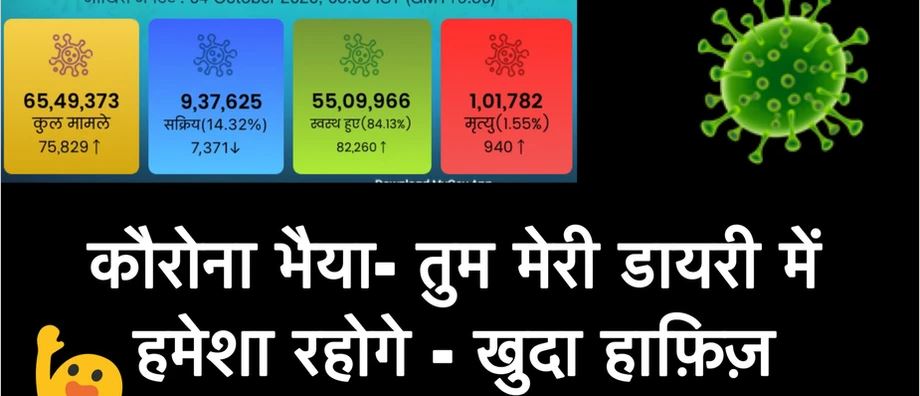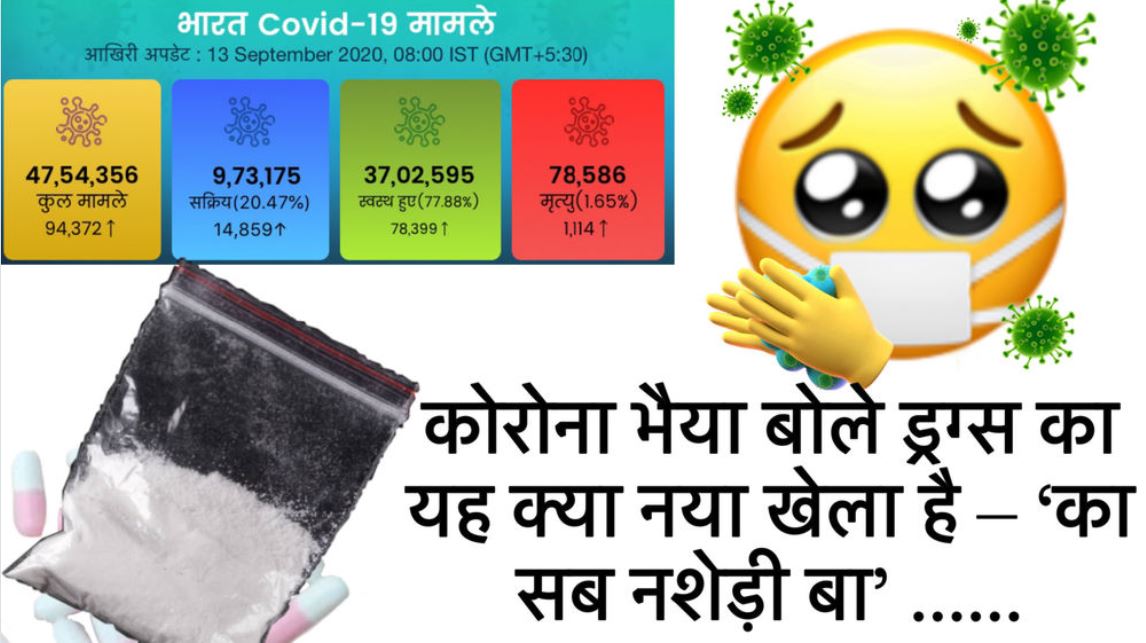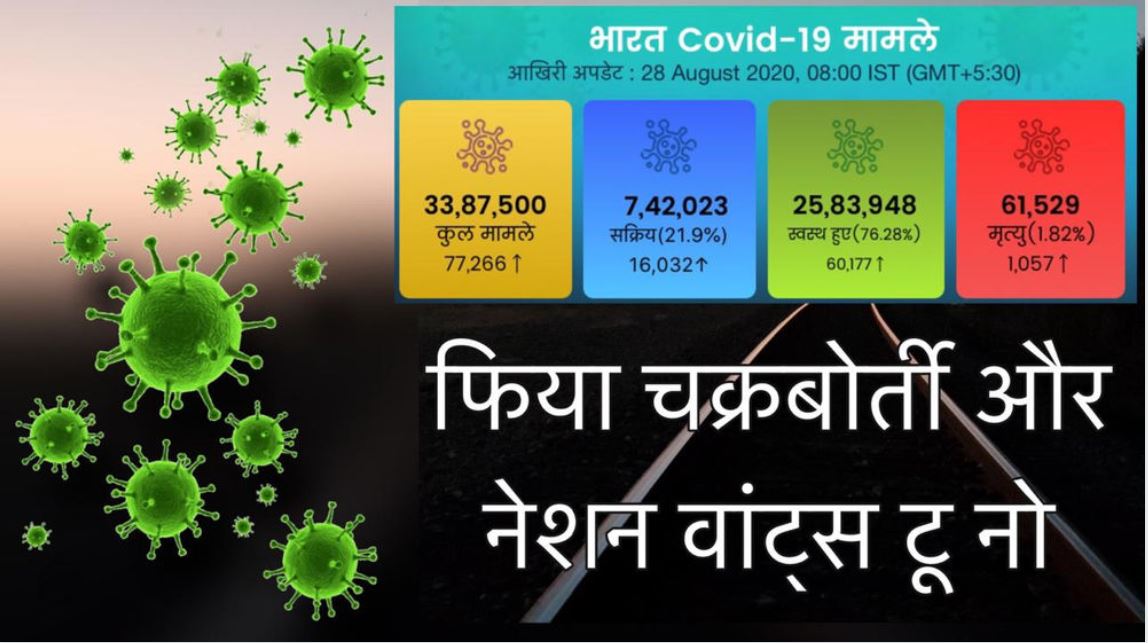Ask any youngster today has he heard about Indian Postman ..( Dakiya – as the postman is referred to in Hindi) ? The famous yellow colored Post Card or light blue Inland Letters & Money Orders ? They will give a blank look.
In the era of WhatsApp, Email and private courier services that offer overnight trackable deliveries , it will be perhaps difficult for us to explain to this generation what yesteryears Postman ( Dakiya) meant for us.
They might find it amusing that khaki clad Postmen jauntily rode around on bicycles, and the trring of their bells drew us out of homes to check if the mailman had anything for us. We have not forgotten a popular song, Daakiya daak laaya, sung by Kishore Kumar & featured Rajesh Khanna as the beloved postman in the film Palkon Ki Chhaon Mein.
There was a time, not too long ago, when the khaki-clad postman with his satchel bursting with postcards and letters was the most popular visitor to any residential area including the rural india
Besides delivering telegrams to anxious recipients, and letters to families awaiting news from loved ones, the Daakiya, , was also privy to the secrets of many families, often having to read out letters to many of his illiterate customers.
The postman was a beloved figure in literature and popular culture too. In a short story by the chronicler of small-town India, RK Narayan, a postman held out on delivering bad news to a family so that a joyous wedding could go on without a glitch.
In any case, khaki wasn’t always the colour postmen donned. Even the design of postal uniforms has changed several times over the years with earlier mailmen wearing dhotis and turbans. In a book titled The Post Office of India and its Story, published in 1921, author Geoffrey Clarke wrote how the uniform was a badge of honour for most postal employees. “It adds a certain amount of dignity to him and, like the soldier, he is the better man for having a distinctive badge of office,” Clarke says.
“There [wasn’t] any uniformity even in each circle about the uniforms supplied by Government. In one town red coats and blue turbans were seen, in another khaki coats and nondescript turbans, while the men who supplied themselves with uniforms presented at times the most extraordinary appearance. The pattern of postmen’s uniform has now been standardized for each circle….” He added.
In his book, titled Typical Pictures of Indian Natives (1897), Frank Morris Coleman wrote:
“The familiar ‘rat-tat’ of the English postman is unknown in India, possibly because there are no knockers, and in many cases no doors. But we hear in its stead the remark of the butler, as he brings us our morning dak or English mail. ‘Chitti hai…Government provides the men with a good serviceable blue dungaree uniform, and a waterproof cape during the monsoon. Sandals are worn more often than boots, and, when the rains arrive, the trousers are exchanged for knicker-bockers.” In some parts of India, it was common to see postmen dressed in turbans and crisp dhotis. Over the years, the dhotiwas abandoned for trousers and the turban gave way to Nehru caps. Now, if the latest proposal goes through, India’s postmen may soon sport baseball caps.
Today the present day generation gets an interaction with Postman only when his/her Passport is delivered because Passport Office has made it a rule that Passport will be delivered through Speed Post and by Postman only.
History reveals The Indian Post Office started its service on 1 April 1774. It started with a bang but gradually got replaced with other technological advances & the day is not far when the postman will only be remembered through novels and films..
There was a time when letter was the only means of communication between people. However, in this age of Internet, everyone wants to communicate at lightning speed. Amidst the flurry of texting, tweeting, online chatting, whatsapping; the art of letter writing seems to be disappearing..though writing a letter was full of emotions as you used your feelings while writing letters through pen.
Ram Niwas my Postman friend for 25 years claimed his was a weird job as the people used to hug you on getting good news and blame you for bad news.. However with the advent of the internet, the jobs at the post office have reduced in an assorted manner. Today, the post office only survives on official works, and it won’t be long when the postman will be extinct from the society, Ram Niwas said with disappointment in his eyes. He has put in 30 years plus service with Indian Postal Department.
Collection of postal stamps is certainly part of a philanthropy but an excursion or museum on Postman , his life and Postal and telegraphic services in last 150 years might interest present day generation .







